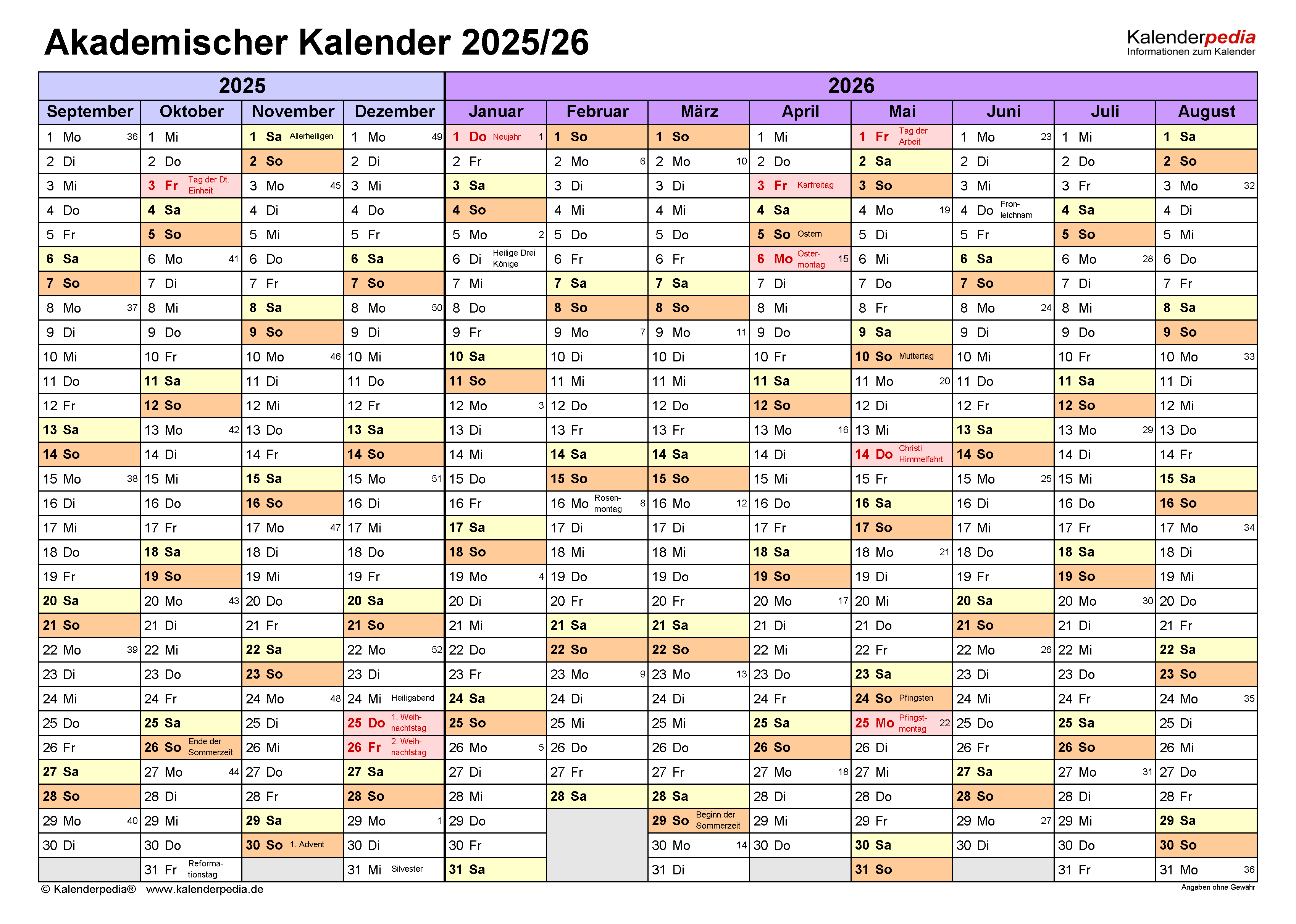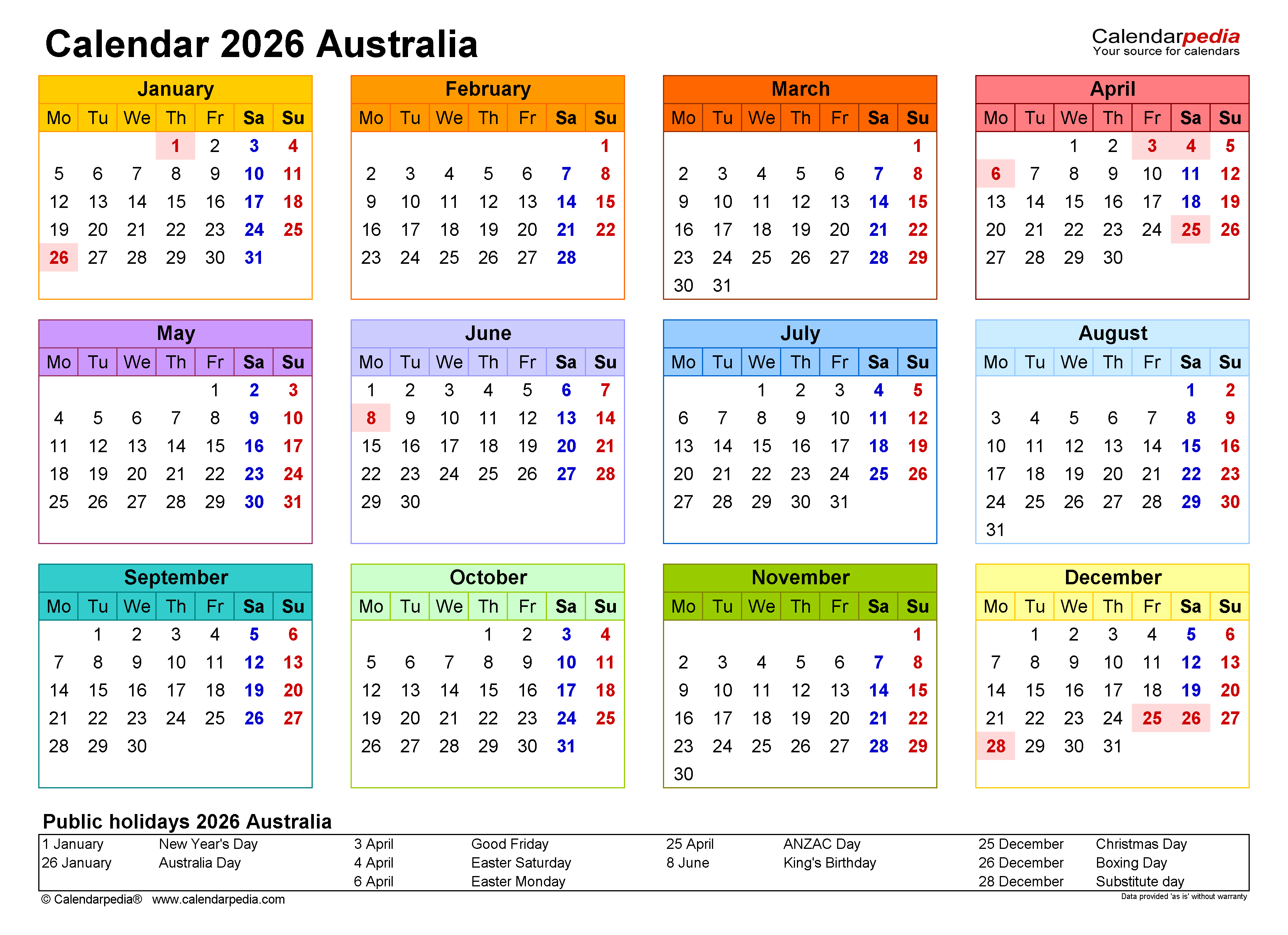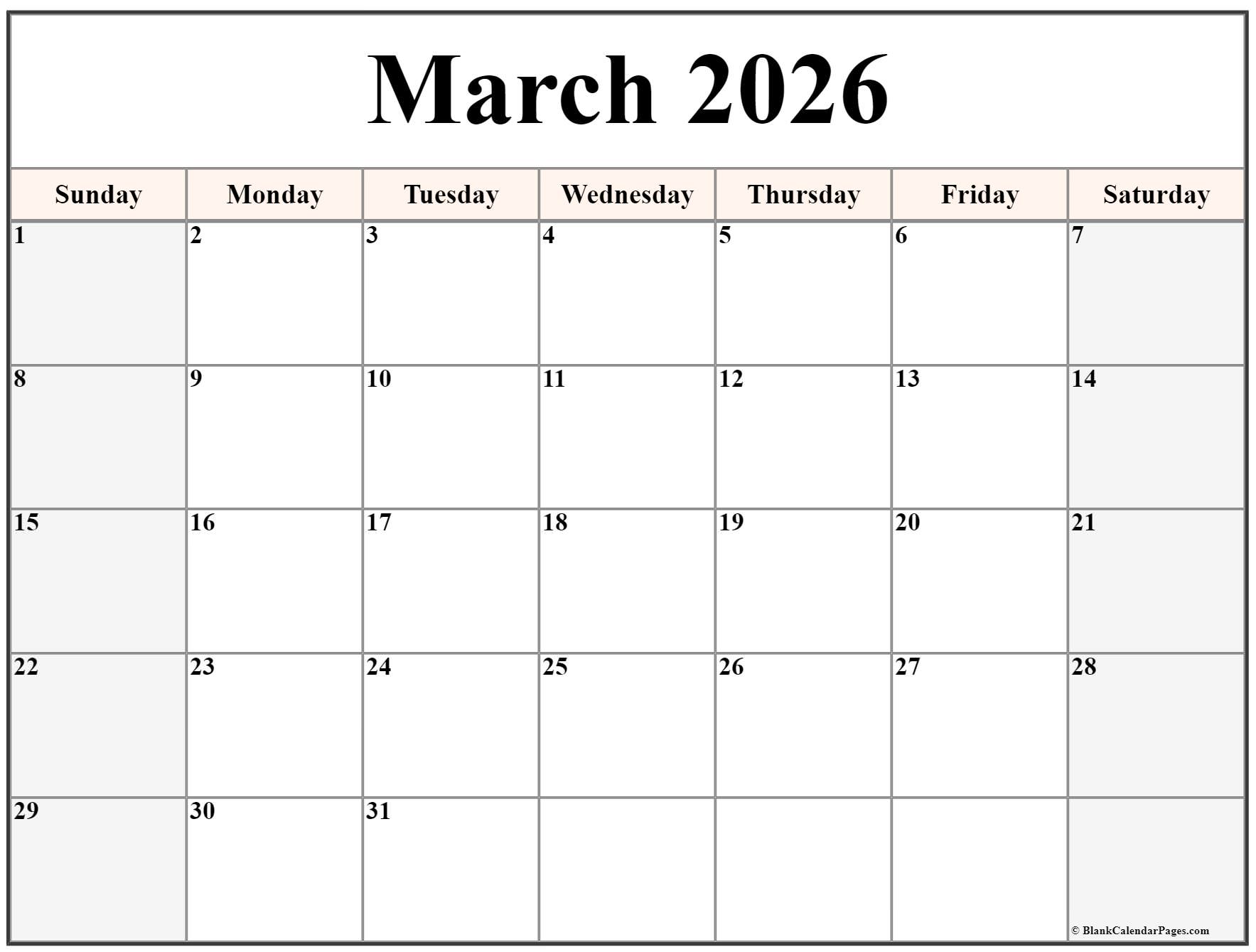
Introduction
2026 ka same calendar represents a significant subject within its field, encompassing a range of practices, traditions, or applications that shape daily life and broader cultural or professional landscapes. Understanding 2026 ka same calendar provides clarity about its background, its present relevance, and the way it continues to influence various aspects of society. The concept of calendar congruence, where one year’s calendar perfectly matches another’s in terms of day-date alignment, holds both practical utility and a fascinating mathematical underpinning. This phenomenon, often sought after for planning and historical reference, illustrates the cyclical nature of our standardized timekeeping system. Delving into this specific instance for 2026 offers insights into the mechanics of the Gregorian calendar and its predictable patterns.
Definition and Origin of 2026 ka same calendar
The phrase "2026 ka same calendar" refers to the identification of another year, either in the past or future, that shares an identical day-of-the-week pattern for every corresponding date with the year 2026. For instance, if January 1st, 2026, falls on a Thursday, then in the matching year, January 1st would also fall on a Thursday, and this consistency would extend throughout the entire year. This calendrical congruence is determined by the number of days in a year and the occurrence of leap years.
The Gregorian calendar, the most widely used civil calendar today, operates on a 400-year cycle. Within this cycle, the pattern of weekdays for a given date repeats. A common year has 365 days, which is 52 weeks and 1 day. A leap year has 366 days, or 52 weeks and 2 days. This extra day in a leap year causes the calendar to "shift" by two days of the week compared to the previous year, while a common year shifts by one day. The rules for leap years (every four years, except for years divisible by 100 but not by 400) are crucial in determining these repeat patterns.
The origin of understanding these calendar repeats lies in the mathematical and astronomical underpinnings of calendar design. Ancient civilizations developed various calendars, often tied to lunar or solar cycles. The Gregorian calendar, a refinement of the Julian calendar, was introduced in 1582 by Pope Gregory XIII to correct the drift of the calendar with respect to the astronomical year. Its precise rules for leap years ensure that the calendar remains closely aligned with the Earth’s orbit around the Sun, while also creating predictable patterns of day-date congruence. Identifying a year with the same calendar as 2026 involves calculating the cumulative shift in weekdays due to common and leap years until the total shift is a multiple of seven, indicating a full cycle completion for the day-of-the-week pattern.
Importance of 2026 ka same calendar Today
The concept of an identical calendar pattern for 2026 holds various levels of importance in contemporary society. Practically, it simplifies long-term planning and scheduling. For individuals and organizations that frequently refer to past schedules or need to project future events, knowing that a particular year’s calendar matches 2026’s can streamline administrative tasks. This is particularly relevant for recurring annual events, festivals, or business cycles that are tied to specific dates rather than specific days of the week.
Beyond mere convenience, understanding calendar congruence has implications for historical research and archival management. When historical documents or records reference dates, knowing the day of the week can provide additional context or aid in cross-referencing. For instance, if a historical event in a matched year is known to have occurred on a specific weekday, this information can be directly applied to the 2026 calendar, or vice-versa, without complex calculations. This facilitates a more intuitive grasp of chronological sequences.
Furthermore, the study of calendar repeats, including the pattern for 2026, serves an educational purpose. It offers a tangible example of applied mathematics and astronomy, demonstrating how complex systems like timekeeping are governed by predictable rules. It can be a fascinating entry point for students to explore concepts of modular arithmetic, cyclical patterns, and the history of calendar development. The predictability inherent in these patterns reinforces the order and structure within our measurement of time, offering a sense of stability in an ever-changing world. This knowledge also empowers individuals to better navigate their personal and professional schedules, optimizing their use of time based on a clear understanding of annual temporal structures.
Benefits of 2026 ka same calendar
The identification of a year with the same calendar as 2026 offers several distinct benefits across various domains. One primary advantage is the simplification of long-term planning. Event organizers, educational institutions, and businesses often plan activities years in advance. If a year with an identical calendar pattern to 2026 is known, it allows for the direct reuse of existing schedules, templates, and logistical plans without the need for extensive recalculations of weekdays for specific dates. This saves considerable time and reduces the potential for errors in scheduling.
Another significant benefit lies in its utility for historical and comparative analysis. Researchers and historians can easily compare events or data across different years if their calendars align. For example, if a particular economic trend or social phenomenon is observed in a year that matches 2026, the identical calendar pattern facilitates a direct day-to-day comparison of how events unfolded, providing clearer insights into temporal relationships. This historical perspective is invaluable for understanding cyclical patterns in various fields.
From a personal perspective, knowing the calendar repeat for 2026 can be a source of convenience and curiosity. Individuals can quickly determine the day of the week for any date in 2026 by simply referring to an old calendar from the matching year. This can be useful for planning personal events, vacations, or simply satisfying a personal interest in calendrical trivia. It also fosters a deeper appreciation for the structured nature of time and the elegance of the Gregorian calendar system. Moreover, for software developers and calendar application designers, understanding these repeat patterns is fundamental. It allows for the creation of more efficient algorithms for calendar generation and prediction, ensuring accuracy and consistency across different platforms and user interfaces. The inherent predictability of these patterns reduces computational complexity for calendar-related functions.
Applications of 2026 ka same calendar
The practical applications stemming from the understanding of 2026’s calendar congruence are diverse and impactful. In event planning and management, this knowledge is highly valuable. Organizations planning recurring annual conferences, festivals, or sports tournaments can leverage the identical calendar pattern. If a specific venue or resource is typically booked on certain weekdays, knowing that 2026 matches a previous year allows for the direct application of successful logistical strategies and resource allocation plans, streamlining the entire planning process. This reduces the need to adjust for shifting weekdays, which can be a significant logistical challenge.
For educational purposes, the concept serves as an excellent pedagogical tool. Teachers can use the example of 2026’s calendar repeat to illustrate mathematical concepts such as modular arithmetic, cycles, and the structure of time. It provides a concrete, real-world application of abstract mathematical principles, making learning more engaging and accessible. Students can explore the rules of leap years and common years to predict future calendar repeats, fostering critical thinking and problem-solving skills.
In the realm of historical research and archiving, this understanding aids in the accurate dating and interpretation of documents. If a historical diary or ledger from a matched year references a specific event on a certain date, the day of the week can be immediately inferred for 2026, or vice-versa. This cross-referencing capability enhances the precision of historical timelines and helps in contextualizing past events within their weekly cycles.
Furthermore, software development for calendar applications, scheduling tools, and perpetual calendar generators heavily relies on these principles. Developers utilize algorithms that account for common and leap years to accurately predict and display calendar patterns for any given year. The knowledge of specific repeats, like for 2026, helps in validating these algorithms and ensuring the reliability of digital timekeeping tools. This ensures that digital calendars accurately reflect the real-world progression of days and dates, providing users with dependable scheduling capabilities.
Challenges and Future of 2026 ka same calendar
While the concept of 2026’s calendar congruence offers numerous benefits, certain challenges and considerations exist, particularly when looking towards the future. One challenge lies in the complexity of leap year rules. Although the Gregorian calendar is highly predictable, the exceptions (years divisible by 100 but not by 400 are not leap years) can sometimes lead to miscalculations for those unfamiliar with the full set of rules. This can result in incorrect identification of matching years, especially over very long spans of time. Ensuring accuracy requires a thorough understanding of these specific calendrical conventions.
Another aspect to consider is the limited scope of direct application. While a matching calendar year simplifies many tasks, it does not account for variations introduced by different calendar systems or regional holidays that shift based on lunar cycles or other non-Gregorian determinants. For instance, the date of Easter or certain Islamic holidays changes annually relative to the Gregorian calendar, meaning that even with a matching day-date pattern, specific holiday schedules would still require independent verification.
The future of calendar congruence in a rapidly digitizing world is also evolving. While traditional paper calendars might become less prevalent, the underlying principles of calendar repeats remain crucial for digital platforms. The challenge for future calendar applications will be to present this information in an even more intuitive and user-friendly manner, perhaps by automatically suggesting matching years for planning purposes or highlighting historical parallels. The ongoing development of AI and machine learning could potentially enhance these capabilities, offering predictive insights into optimal scheduling based on historical patterns and calendar congruence.
Ultimately, the enduring challenge is to maintain widespread understanding and appreciation for these calendrical mechanics. As society becomes increasingly reliant on automated systems for timekeeping, there is a risk that the fundamental principles governing our calendars might become less understood by the general populace. Educating future generations about these patterns ensures that the knowledge and utility of calendar congruence, including for years like 2026, remain accessible and relevant.
FAQs about 2026 ka same calendar
Q1: What is 2026 ka same calendar?
A1: "2026 ka same calendar" refers to another year that has the exact same day-of-the-week pattern for every corresponding date as the year 2026. For example, if January 1st, 2026, is a Thursday, then January 1st of the matching year would also be a Thursday, and this pattern would continue for all dates throughout both years. This occurs due to the cyclical nature of the Gregorian calendar, which repeats its day-date sequence over certain intervals, primarily influenced by common years and leap years.
Q2: Why is 2026 ka same calendar important?
A2: The importance of identifying a year with the same calendar as 2026 lies in its practical utility for planning, historical analysis, and educational purposes. It simplifies long-term scheduling by allowing the reuse of existing plans and templates. For historical research, it facilitates direct comparisons of events across different years. Educationally, it serves as a tangible example of applied mathematics and the structured nature of timekeeping, demonstrating how calendrical systems are governed by predictable rules.
Q3: What are the main benefits of 2026 ka same calendar?
A3: The main benefits include simplified long-term planning for events and schedules, reduced potential for errors in scheduling, and enhanced efficiency in administrative tasks. It also aids in historical and comparative analysis by providing a direct temporal alignment between years. Personally, it offers convenience for planning and a deeper appreciation for calendar mechanics. For software developers, it underpins efficient algorithms for calendar generation and prediction.
Q4: How can 2026 ka same calendar be applied in daily life?
A4: In daily life, understanding 2026’s calendar congruence can be applied in various ways. It can help individuals and businesses reuse old planners or schedules from the matching year, making event planning easier. It allows for quick determination of weekdays for specific dates without needing a new calendar. It also serves as an interesting point of knowledge for personal interest or for explaining calendar patterns to others, fostering a greater understanding of time.
Q5: What challenges are associated with 2026 ka same calendar?
A5: Challenges include the complexity of accurately identifying matching years due to the intricate rules of leap years, especially over extended periods. The direct application is limited to the Gregorian calendar and does not account for holidays that shift based on other calendrical systems (e.g., lunar calendars). Furthermore, there is a risk that widespread reliance on automated systems might diminish general understanding of these fundamental calendrical principles over time.
Tips for 2026 ka same calendar
- Understand the fundamentals. Grasp the core principles of the Gregorian calendar, including the 365-day common year, the 366-day leap year, and the rules governing leap year occurrences (every four years, except for years divisible by 100 but not by 400). This foundational knowledge is essential for identifying calendar repeats.
- Focus on practical use. Apply the knowledge of calendar congruence to real-world scenarios. This could involve streamlining event planning, reusing old schedules, or making quick historical comparisons. Practical application reinforces understanding and highlights the utility of this calendrical insight.
- Stay updated on new trends or research. While the Gregorian calendar’s rules are stable, new digital tools, educational approaches, or historical discoveries related to calendar systems can emerge. Staying informed ensures a comprehensive perspective on timekeeping and its applications.
- Avoid common mistakes. Be cautious of oversimplifications or incorrect assumptions about leap year patterns. A common error is assuming every fourth year is a leap year without considering the century rule. Always verify calculations, especially when dealing with long historical spans or future predictions.
- Adopt a long-term approach. Recognize that calendar patterns repeat over specific cycles. Understanding these longer cycles (e.g., 28 years for common years between leap years, or the 400-year Gregorian cycle) provides a broader context for individual year repeats like 2026 and enhances predictive capabilities.
Conclusion about 2026 ka same calendar
The concept of 2026 ka same calendar underscores the elegant and predictable structure of our modern timekeeping system. It highlights how the meticulous design of the Gregorian calendar allows for recurring patterns of day-date alignment, offering both practical advantages and intellectual fascination. The ability to identify years with identical calendar layouts significantly contributes to efficient planning, facilitates historical research, and serves as a valuable educational tool for understanding mathematical and astronomical principles. Reinforcing its cultural, professional, and personal significance, the understanding of calendar congruence remains a central element in how societies organize time and manage their affairs. While challenges exist, particularly concerning the intricacies of leap year rules and the integration with diverse calendrical traditions, the benefits of comprehending these patterns far outweigh them. This ensures that the study and application of calendar repeats, including the specific case for 2026, continue to be a relevant and enduring aspect of human progress and our engagement with the flow of time.






Leave a Reply